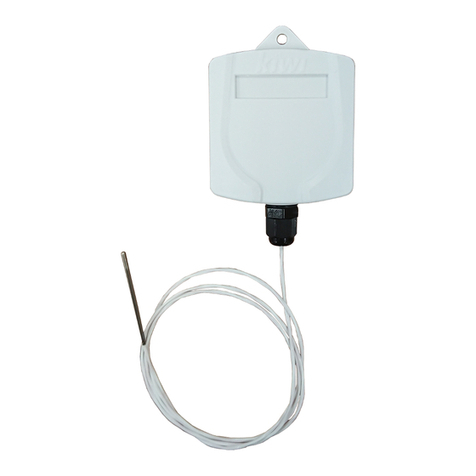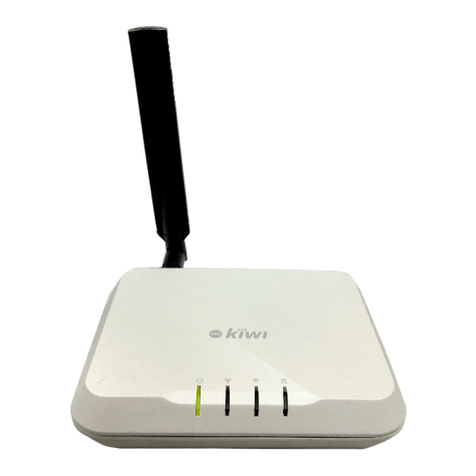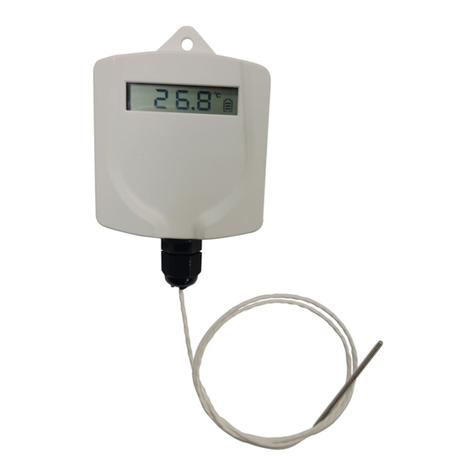
kiwitec Confidential Documentation 3
3. Report and Data Format
LAS-603 reports temperature and alarm through LoRaWAN’s uplink. By default, LAS-603 will send a
temperature report every 4 hours and the report contains 4 temperature records at each clock. In another
words, LAS-603 will read temperature every hour and keep in memory. Then, LAS-603 sends the
temperatures readings in memory at predefined period, default is 4 hours.
In addition to temperature report, LAS-603 will read temperature every 5 minutes by default and compare
read value with allowable temperature range. If read temperature is out of allowable temperature range, an
alarm will be sent. Besides, the allowable temperature range can be set by downlink command.
Except temperature and status report, a LoRaWAN MAC command, DeviceTimeReq, is sent from LAS-603
to server for time synchronization. Figure 5 depicts the entire sequence from power on.
Figure 5 LAS-603 Sequence Diagram
Confirmed Temperature Report
If previous
DeviceTimeReq fails
If temperature out of
allowable range
Confirmed Temperature Report






























